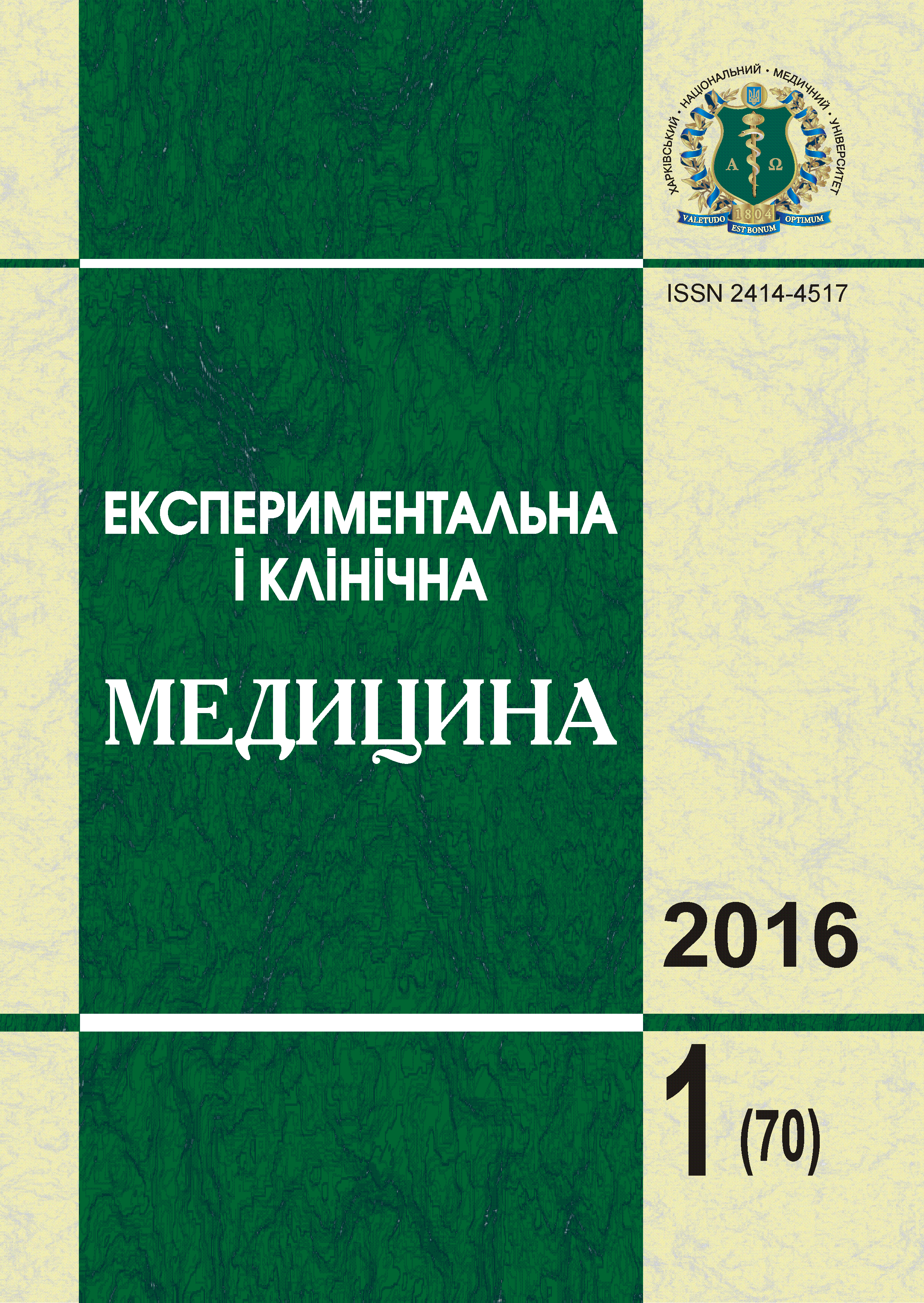Abstract
The article is devoted to investigations of peculiarities of brain functional activity in Wilson’s disease in patients belonging to different physical anthropo-logical types (PAT). It was demonstrated that in Wilson’s disease in all patients, independently from PAT, decreased activity of talamocortical system was regis-tered. However, along with this, patients belonging to Atlantic-Baltic PAT dif-fered from healthy persons on powers and indices of slow-wave (0.5–7.0 Hz) and high-frequency (14– 40 Hz) rhythms of brain bioelectrical activity minimally as compared with other patients. Patients who belonged to Mediterranean PAT were characterized pre-dominantly by an increasing of contribution of brainstem structures to tonic in-fluence on the cortex (an enhanced power and paroxysmal manifestations of slow-wave activity), but patients belonging to Dinaric PAT were characterized by an enhancing of an activating reticular influence (enhanced powers and indices of high-frequency activity). In patients belonging to Mediterranean and Dinaric PATs prominent sings of interhemispheric disintegration (a high brain symmetry index) were founded, whereas in patients who belonged to Atlantic-Baltic PAT an average index of spectral power symmetry corresponded to normal values.References
Identification and analysis of mutations in the Wilson disease gene (ATP7H): population frequencies, genotype-phenotype correlation, and function-al analyses / A.B. Shah, I. Chernov, H.T. Zhang et al. // Am. J. Hum. Genet. – 1997. – Vol. 61. – P. 317–328.
Horslen S. Genotype-phenotype correlation in Wilson disease / S. Horslen, S.H. Hahn // J. Clin. Gastroenterol. – 2010. – V. 44. – P. 387–388.
Homozygous mutations in the conserved ATP hinge region of the Wilson disease gene: association with liver disease / K. Barada K, M. El-Atrache, I.I. El-Hajj et al. // J. Clin. Gastroenterol. – 2010. – Vol. 44. – P. 432–439.
Genetic variability in the methylenetetrahydrofolate reductase gene (MTHFR) affects clinical expression of Wilson’s disease / G. Gromadzka, M. Rudnicka, G. Chabik et al. // J. Hepatol. – 2011. – Vol. 55. – P. 913–919.
Kutikov O.Ye. The role of a physical anthropological factor in epidemiology of Wilson’s disease / O.Ye. Kutikov, I.K. Voloshyn-Gaponov // Український вісник психоневрології. – 2014. – Т. 22, Вип. 4 (81). – С. 33–37.
Волошин-Гапонов И.К. Особенности биоэлектрической активности го-ловного мозга у пациентов с болезнью Вильсона-Коновалова / И.К. Воло-шин-Гапонов // Український вісник психоневрології. – 2013. – Т. 21, Вип. 3 (76). – С. 13–17.
Кутиков А.Е. Функциональная активность головного мозга при невро-тических расстройствах у пациентов с различными антропоморфологиче-скими характеристиками / А.Е. Кутиков, И.Н. Никишкова // Експерим. і клін. медицина. – 2015. – № 2 (67). – С. 95–100.
Handbook of ICU EEG monitoring / Ed.: Suzette M. LaRoche. – N.Y.: Demos Medical, 2013. – 338 p.
Continuous EEG monitoring during thrombolysis in acute hemispheric stroke patients using the brain symmetry index / C. C. de Vos, S. M. van Maar-seveen, P. J. Brouwers, M. J. van Putten // J. Clin. Neurophysiol. – 2008. – Vol. 25, No. 2. – P. 77–82.
